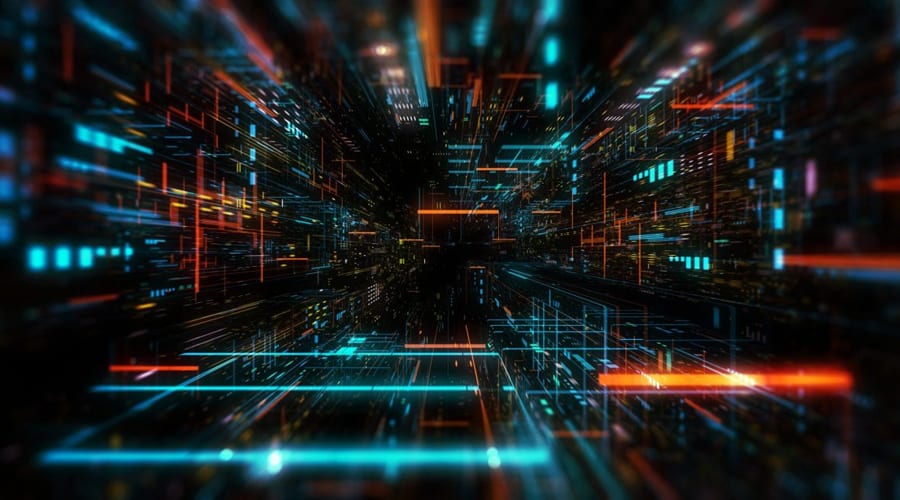Source – https://www.analyticsinsight.net/
Recent enhancements in video analytics with deep learning have been offering a distinct advantage
We are facing a daily reality such that we are encircled by so numerous intelligent video-capturing devices. These devices catch information about how we live and what we do. For instance, on account of surveillance and action cameras, as well as smartphones and even good old camcorders, we can record videos at an uncommon scale and speed. There is really rich data and information implanted in each one of those recordings.
Recent enhancements in video analytics have been offering a distinct advantage, ranging from applications that count individuals at occasions, to automatic license plate recognition, alongside facial recognition or smart parking.
All credits go to the colossal advances made in deep learning, video analytics has presented the automation of tasks that were at one time the selective domain of people. Today, video content analysis programming has developed to process the video and recognize, distinguish and characterize the items that show up and deliver accessible and filterable video information that can drive broad analytic capabilities.
Machine learning and, specifically, the fabulous improvement of deep learning solutions, has changed video analytics.
The utilization of Deep Neural Networks (DNNs) has made it conceivable to prepare video analysis systems that impersonate human conduct, bringing about a change in outlook. It began with frameworks dependent on exemplary computer vision methods (for example, setting off an alert if the camera picture gets excessively dim or changes radically) and moved to systems equipped for distinguishing explicit items in a picture and tracking their path.
For instance, Optical Character Recognition (OCR) has been utilized for quite a long time to remove text from pictures. On a fundamental level, it could do the trick to apply OCR algorithms straightforwardly to a picture of a license plate to perceive its number. In the past worldview, this may work if the camera was situated so that, at the time of executing the OCR, we were sure that we were recording a license plate.
Deep Learning is basically a training convention by which a machine is presented to volumes of labeled data to “learn” to perceive and distinguish similar data in new data sets. Copying the manner in which a human is educated, deep learning empowers technologies to all the more capably distinguish and recognize objects based on increased exposure to information. Driven by strong hardware infrastructure, deep learning empowers quicker analytic output, increased object detection, improved processing performance, recognition accuracy.
Because of the noteworthy triumphs of deep learning applications, we are currently ready to support video analysis performance significantly and start new studies to analyze video content. For instance, convolutional neural networks have exhibited prevalence on demonstrating significant level visual concepts, while intermittent neural networks have proved promise in modeling worldly elements in recordings. Deep video analytics, or video analytics with deep learning, is turning into an arising research territory in the field of pattern recognition.
Pose estimation is another deep learning strategy utilized as a mean for action classification. Action classification is the second group of tasks associated with building computer vision-based surveillance frameworks. When we know the number of individuals we have in the store, and once we understand what they’ve been doing, we can anayze their actions.
Video analytics is used to take care of real-world issues in the city of New York. To all the more likely comprehend significant traffic events, the New York City Department of Transportation utilized video analytics and machine learning to identify parking violations, traffic jams, weather patterns and that’s just the beginning. The cameras catch the actions, process them and send real-time alerts to city authorities.
Deep learning is turning into a fundamental piece of analytic development, and we are consistently finding its ground-breaking applications as research in this field propels. Today, it’s assisting us with taking care of issues more rapidly and more precisely than ever, and even address new difficulties we never expected to overcome.
